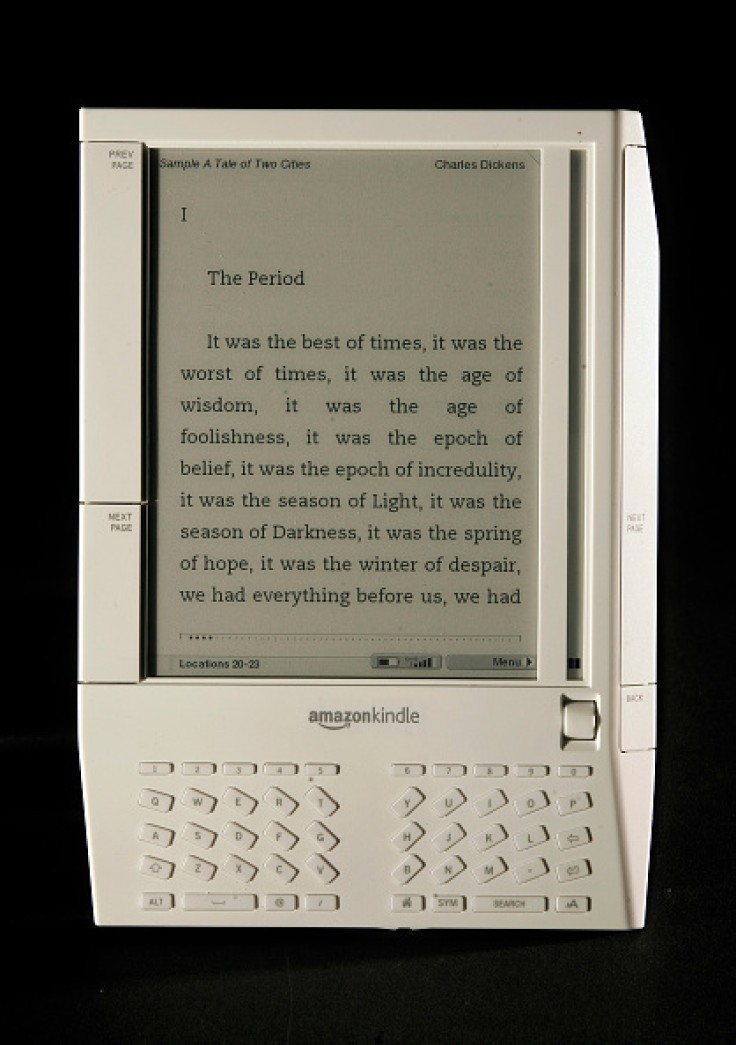With the prevalence of technology, it makes sense that a device would be invented to make reading books easier. Back in 2007 on this day, Amazon Kindle graced the world of bookworms who are running out of places to put their books.
The First Amazon Kindle

The first device was a massive hit. Upon release, it was already sold out in just a few hours. It was 7.5 inches in height and weighed 6.1 ounces. It had an SD slot so you can store more e-books, and it had the ability to connect to the internet via 3G. Users said that they also had a good experience with its battery life, as mentioned in Engadget.
It had a six-inch, 800 by 600 screen, which you can still look at clearly even with light hitting it. However, it did not have its own backlight, so readers will have to read it with ample lighting, the way they do on traditional copies. Previous users stated that the keys were a bit hard to use and that page controls could use a bit more work.
What most users appreciate about the device is its ability to connect to Whispernet. The first-generation Kindle was able to download books, without having to connect to a PC. This was a convenience that was met with a lot of praise, saying that they can download new books to read anywhere, anytime.
At that time, a lot of books in the Amazon bookstore were free, so the $399 cost was absolute;y worth it. Readers have a selection of 90,000 books to choose from at the moment of launch, according to Pocket-Lint.
The Evolution of Kindle
In 2009, Amazon released the second Kindle. Its design was flatter, and the button layout was not as scattered. Page turning has also been made easier, and it refreshes faster. From 90,000, Amazon has expanded its selection of books to 230,000 titles. It even has an exclusive from Stephen King called "Ur."
By 2010, Amazon released the Amazon Kindle Keyboard. It's the first to be able to connect to Wi-Fi. There's still a version that connects to 3G, but it costs more. Users can slot in a controller in addition to its keyboard. Amazon Kindle Keyboard owners now have access to around 400,000 books, more than four times bigger than the first release.
Kindle Touch, released in 2011, was the first of its brand to have a touchscreen. With that, the navigation keys are no longer needed and were removed. Its battery life could last weeks too. It's also cheaper than its predecessors.
Kindle Paperwhite was then introduced in 2012, and it was the first to have its own lighting, featuring four built-in LEDs. in 2013, Paperwhite 2 was released, and has better contrast and faster page turns, as it now had a better processor. It also had a front light in case it was still too dark.
The Amazon Kindle Voyage was released in 2014, giving the users what they already had before, but improved. It also features a touch controller next to the screen to make it easier to turn the page.
In 2016, Amazon Kindle Oasis was launched. It is now thinner and lighter, and was optimized to it can be used with just one hand. One side of the device has more space for holding.
In 2017, Amazon released the Kindle Oasis, but it's not the same as last year. It was the first to have a screen expansion, which is now seven inches. It also has IPX8 waterproofing, so users are free to read in the tub or in the pool.
Amazon introduced a new and improved Kindle Paperwhite. Not only was it waterproof, but users can also now listen to audiobooks via Bluetooth with Amazon's Audible. It also features a rubberized back, making it non-slip.
In 2019, Amazon yet again released another Kindle Oasis. Among its improvements is its brightness, along with a seven-inch display and waterproofing. The battery life has also improved, so readers can read a lot longer.









